The intimate bond between two identical twins is challenged when one decides to transition from male to female; this is the story of their evolving relationship, and the resurrection of their family from a darker past.
Related Movies

Searching for Angela Shelton (2004)
In the uplifting and multiple award-winning documentary, Searching for Angela Shelton, filmmaker Angela Shelton drives around the United States surveying other Angela Sheltons. She discovers that 70% of the Angela Sheltons she speaks to are survivors of rape, childhood sexual abuse and/or domestic violence.
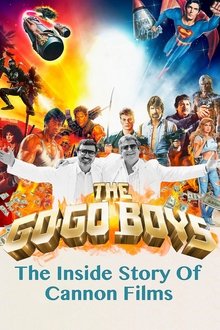
The Go-Go Boys: The Inside Story of Cannon Films (2014)
Cousins Menahem Golan and Yoram Globus relive the creation, rise and fall of their independent film company, Cannon Films. This documentary recounts their many successes and discusses their eventual downfall.
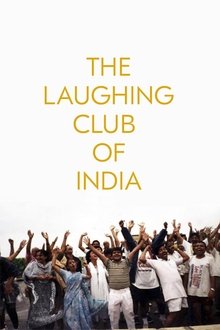
The Laughing Club of India (2001)
Portrait of the first laughing club in India, its founding by a doctor who believes that laughter is the best medicine, his outreach to schools, interviews with club members, scenes of outdoor sessions, and shots of billboards and street scenes in contemporary Mumbai. Club members gather, stretch, and start to laugh. Founder Dr. Madan Kararia talks of the club's history and the growth of laughing clubs across the country. Among those interviewed, there's a stockbroker, three bawdy women, a musician, a widow laughing to cope with grief, and two old men - friends since school days who meet daily to laugh. No form, no fuss: happiness equals health.
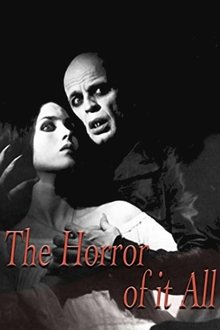
The Horror of It All (1983)
A collection of film clips from horror movies and interviews with the actors and directors who made them.
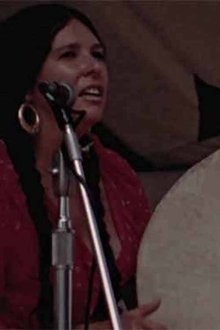
Our Dear Sisters (1975)
Alanis Obomsawin, a North American Indian who earns her living by singing and making films, is the mother of an adopted child. She talks about her life, her people, and her responsibilities as a single parent. Her observations shake some of our cultural assumptions.
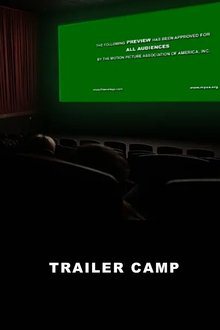
Trailer Camp (1995)
Film archivist and former director of the San Francisco Lesbian and Gay Film Festival Jenni Olson created this fast-paced and often funny, campy 75-minute film comprised entirely of spliced together movie trailers. Some of the segments have themes such as a breezy look back at John Travolta's career that includes trailers from such films as Saturday Night Fever, Staying Alive, Grease, Perfect, and Moment by Moment. Other trailers include Mae West in Sextette, the disco camper Thank God It's Friday, Raquel Welch in Kansas City Bomber, Pier Paolo Pasolini's The Gospel According to St. Matthew and the rarely seen Chastity, the serious acting debut of Cher.
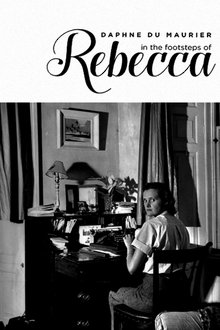
Daphne du Maurier: In Rebecca's Footsteps (2017)
A portrait of the masterful author whose novels were adapted into the classics 'The Birds,' 'Jamaica Inn,' and 'Rebecca."
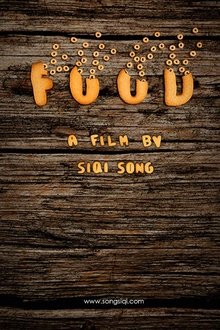
Food (2014)
This is an animated documentary about FOOD! I interviewed vegetarian, vegan, pescetarian and meat eater about their opinions about food and life choices. Then I animate real food with stop-motion technique based on the interviews. By putting the conversations in different context, the food speak for themselves.
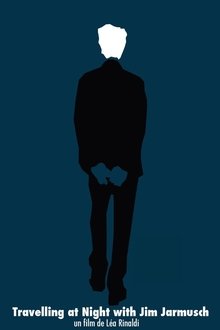
Travelling at Night with Jim Jarmusch (2014)
A portrait of the American director Jim J. at work on the set of his latest film, Only Lovers Left Alive.
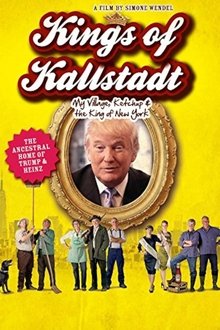
Kings of Kallstadt (2014)
What do real estate tycoon Donald Trump and the Heinz Tomato Ketchup dynasty have in common? Their ancestors come from Kallstadt, a small, quiet winegrowing village in the German Palatinate region. This powerful entrepreneurial spirit must be part of the genetic make-up! Director Simone Wendel-also from Kallstadt-explores the issue in depth.
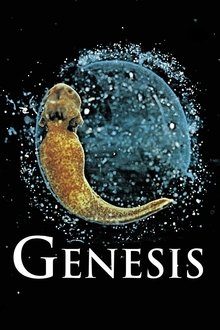
Genesis (2004)
An African narrator tells the story of earth history, the birth of the universe and evolution of life. Beautiful imagery makes this movie documentary complete.
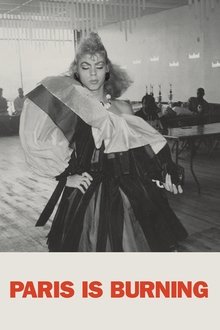
Paris Is Burning (1991)
Where does voguing come from, and what, exactly, is throwing shade? This landmark documentary provides a vibrant snapshot of the 1980s through the eyes of New York City's African American and Latinx Harlem drag-ball scene. Made over seven years, PARIS IS BURNING offers an intimate portrait of rival fashion "houses," from fierce contests for trophies to house mothers offering sustenance in a world rampant with homophobia, transphobia, racism, AIDS, and poverty. Featuring legendary voguers, drag queens, and trans women — including Willi Ninja, Pepper LaBeija, Dorian Corey, and Venus Xtravaganza.
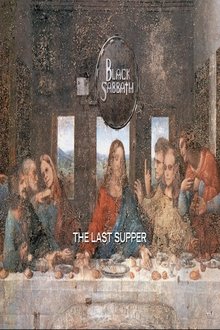
Black Sabbath: The Last Supper (1999)
Filmed live during Black Sabbath's 1999 "Reunion" tour, this historic concert features the original lineup of the legendary metal band.
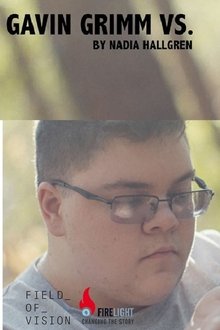
Gavin Grimm vs. (2017)
In 2016, transgender teen Gavin Grimm sued his local school board after its members refused to let him use the bathroom of his choice. He was ready to take his case all the way to the Supreme Court—and then the election happened.
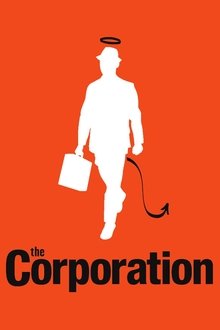
The Corporation (2003)
Since the late 18th century American legal decision that the business corporation organizational model is legally a person, it has become a dominant economic, political and social force around the globe. This film takes an in-depth psychological examination of the organization model through various case studies. What the study illustrates is that in the its behaviour, this type of "person" typically acts like a dangerously destructive psychopath without conscience. Furthermore, we see the profound threat this psychopath has for our world and our future, but also how the people with courage, intelligence and determination can do to stop it.
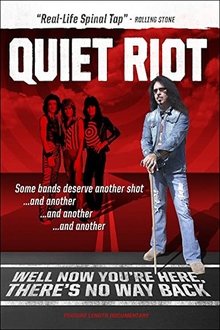
Quiet Riot: Well Now You're Here, There's No Way Back (2014)
An inspiring documentary chronicling the rise, fall and resurrection of '80s metal band Quiet Riot. The career of Frankie Banali, the band's drummer, reached a serious crossroads when his best friend and bandmate died in 2007. Years later, Banali realizes he must forge ahead and make a new life for himself and his daughter and he goes on a quest to reunite the band and fill the immense void left by his bandmate.

The Homestretch (2014)
Three homeless teenagers brave Chicago winters, the pressures of high school, and life alone on the streets to build a brighter future.
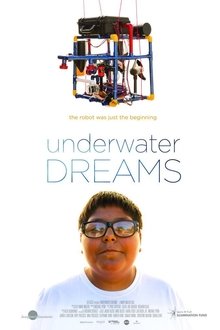
Underwater Dreams (2014)
Underwater Dreams, narrated by Michael Peña, is an epic story of how the sons of undocumented Mexican immigrants learned how to build underwater robots. And go up against MIT in the process.
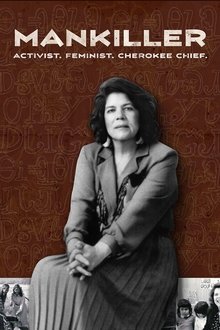
Mankiller (2017)
The story of an American hero and the Cherokee Nation's first woman Principal Chief who humbly defied all odds to give a voice to the voiceless.
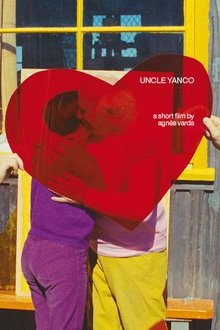
Uncle Yanco (1967)
While in San Francisco for the promotion of her last film in October 1967, Agnès Varda, tipped by her friend Tom Luddy, gets to know a relative she had never heard of before, Jean Varda, nicknamed "Yanco". This hitherto unknown uncle lives on a boat in Sausalito, is a painter, has adopted a hippie lifestyle and loves life. The meeting is a very happy one.